Session 6B – Digital Fabrication and Innovative Material Systems
Wednesday 31 March, 14:00 – 15:30 // Session Chair: Nic Bao
016 – PNEU-SKIN: A Haptic Social Interface with Inflatable Fabrics
Wednesday 31 March, 14:00, Session 6B
Yujie Wang, Massachusetts Institute of Technology
Marcela Godoy, New York University Shanghai
Wearable electronics endow us with a great capacity to see clothing as an extension of our body and an interface to interact with our physical and social environment. The fashion industry is experimenting with new tectonics, and materiality, however, few projects have explored wearables in the public and social domains and how they can dynamically respond to a wide range of interpersonal distances in social interaction. PNEU-SKIN is a pneumatic wearable that uses critical making as a research strategy to explore interactive and soft interfaces to create soft boundaries between private and public space. This paper proposes an embodied computation agenda and describes the design and prototyping process of a multi-sensory smart skin in response to varying social distances in interpersonal communication. By looking at adaptive behaviors in nature and the way that certain animal species respond to external stimuli by increasing their size and providing multi-sensory responses, PNEU-SKIN looks into how our clothing could become an adaptable skin to redefine interpersonal communication experience within everyday social interactions.

Yujie Wang is a Master of Architecture student at the Massachusetts Institute of Technology. As an interaction design architect and creative technologist working across intelligent systems, mixed realities, sensory experiences, tangible products, and intangible services, Yujie enhances human-human connection through shaping human-machine and human-environment relationships. He transforms how people interact with media such as mixed reality, brain-computer interface, self-driving vehicles, and the adaptive built environment. He is the Co-Founder of Muser and AiRCAD, with research experience at Media Lab and Harvard Medical School and professional experience at Philips Healthcare.

As a practice-based researcher, Godoy applies critical making and use fabrication technologies to investigate new possibilities in architecture, open up social reflection, and to propose unique solutions to environmental issues. With a background in architecture and interaction design, her work takes a wide range of research and form such as kinetic structures, wearables, data physicalization, toys, and upcycled artifacts, among others. Godoy is an Assistant Arts Professor in Interactive Media Arts at NYU Shanghai.
262 – SISTEMA NERVI: Sustainable Production of Optimised Floor Slabs through Digital Fabrication
Wednesday 31 March, 14:15, Session 6B
Owen Olthof, The University of Sydney
Anastasia Globa, The University of Sydney
Paolo Stracchi, The University of Sydney
‘Sistema Nervi’ (the Nervi System) invented by Pier Luigi Nervi greatly economised the production of complex concrete forms optimised in both material usage and structurally. However it did not translate well into other contexts due to labour and material considerations (Leslie, 2018). This paper explores novel methodologies of producing optimised floor slabs and concrete structures, using digital fabrication techniques, focusing on both labour economisation and sustainability principles. A module from the Australia Square lobby slab has been used as the set geometry and was reproduced using differing techniques of fabrication for a comparative study. The study was conducted at scale (1:20). The viability for production at full scale (1:1) for manufacturing is discussed. The assessment criteria for the tests are divided into four categories: Cost, Time, Performance, and Sustainability. 3D printing of PLA plastic and ceramic clay extrusion printing has been used to produce removable or degradable formworks. These technologies have been selected due to their current market availability and associated costs. This study hopes to introduce improved methodologies for producing optimized concrete forms, as well as the sustainability potentials of a degradable formwork such as ceramic clay. Both systems were ultimately able to produce workable formworks for optimised shapes and showed promise for reducing labour involved as well as presenting with material sustainability for discussion.
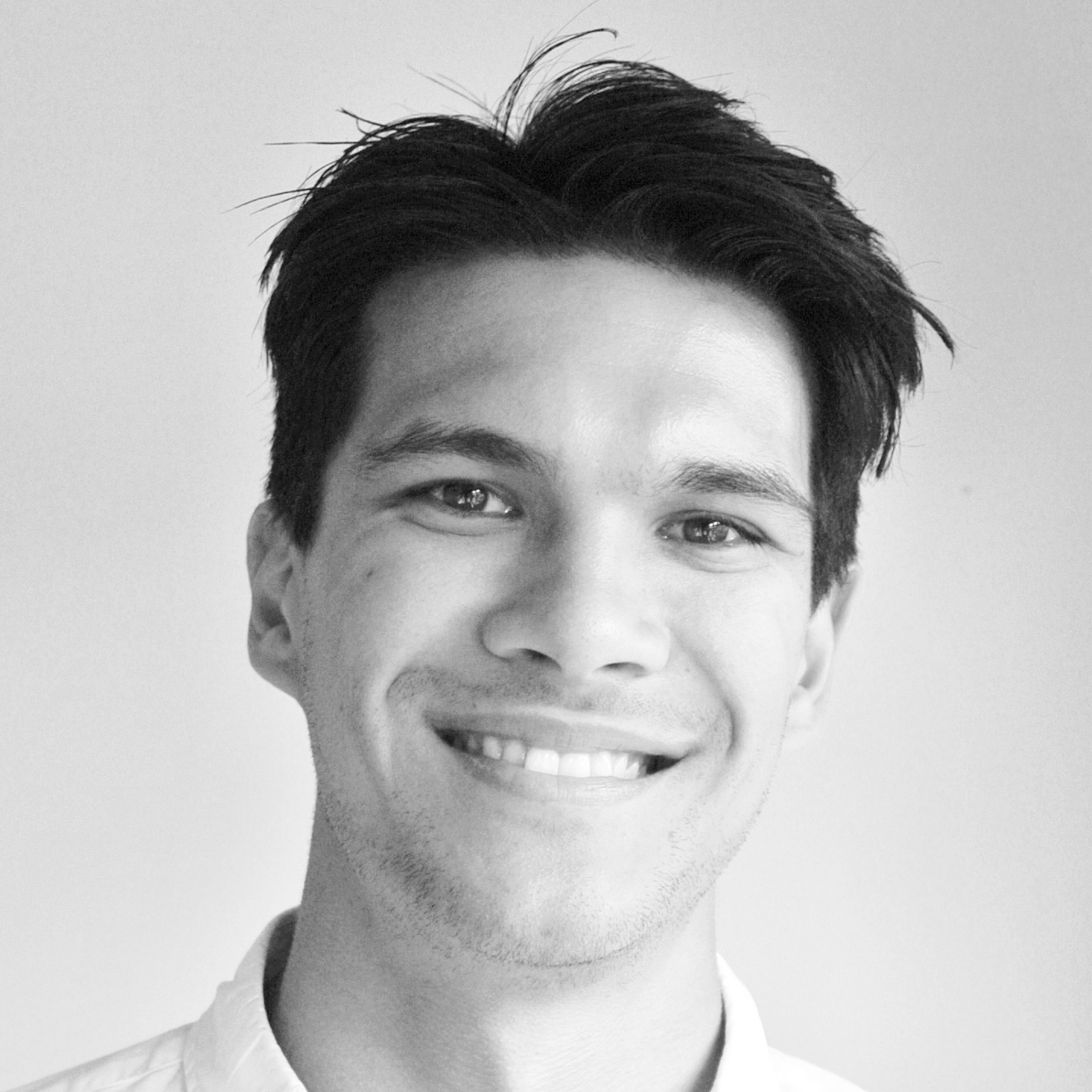
This is my first published paper and it was my Honors Thesis for my Masters of Architecture. I finished university in 2020 and am starting my architectural journey in Sydney Australia. I have a keen interest in advanced construction, parametric design and environmental sustainability. These interests form the cornerstone of my paper and have helped me to develop as a researcher and Architect.
179 – Graded Knit Skins: Design and Fabrication of Curved Modular Façade Cladding Panels
Wednesday 31 March, 14:30, Session 6B
Ying Yi Tan, Singapore University of Technology and Design
This paper presents the design and manufacture of lightweight membrane panels using a textile-rod system composed of bespoke multi-material knit membranes and bending-active rods. These two components come together to create cladding panels of non-standardised curved geometries. Moreover, this paper will explore how these two components can be designed to provide geometric control over the shaped panel. It will also demonstrate how these panels can be made into a modular system through the assembly of a 2×2 panel prototype.
Ying Yi is a recent PhD graduate from the Singapore University and Technology and Design (SUTD). His research investigates the design and manufacture of bespoke machine-knitted fabrics for architectural applications. Furthermore, he is currently working with several inter-disciplinary research groups in SUTD to explore how CNC knitting technology can be applied to the domains of mechanical engineering and wearable sensors.
250 – Min-Max: Reusable 3D Printed Formwork for Thin-Shell Concrete Structures
Wednesday 31 March, 14:45, Session 6B
Mania Aghaei Meibodi, University of Michigan
Pietro Odaglia, ETH Zurich
Benjamin Dillenburger, ETH ZUrich
This paper presents an approach for reusable formwork for thin-shell, double-sided highly detailed surfaces based on binder jet 3D printing technology. Using binder jetting for reusable formwork outperforms the milled and 3D printed thermoplastic formwork in terms of speed and cost of fabrication, precision, and structural strength against deformation. The research further investigated the synergy of binder jetting sandstone formwork with glass-fiber reinforced concrete (GFRC) to fabricate lightweight, durable, and highly detailed facade elements. We could demonstrate the feasibility of this approach by fabricating a minimal surface structure assembled from 32 glass-fiber reinforced concrete elements, cast with 4 individual formwork elements, each of them reused 8 times. By showing that 3D printed (3DP) formwork cannot only be used once but also for small series production we increase the field of economic application of 3D printed formwork. The presented fabrication method of formwork based on additive manufacturing opens the door to more individualized, freeform architecture.
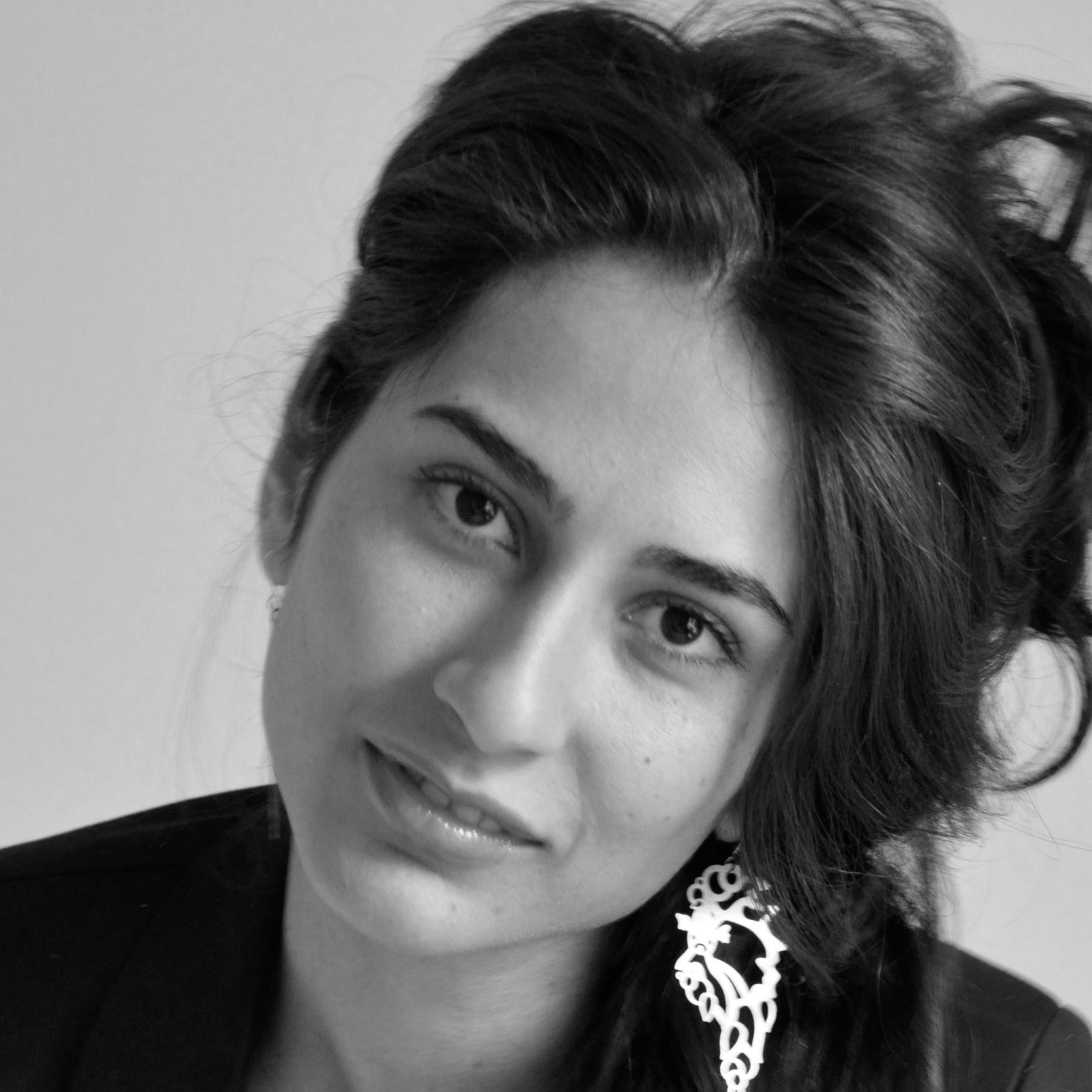
Architect Mania Aghaei Meibodi is an Assistant Professor of Architecture and director of Digital Architecture Research and Technologies (DART), Taubman College of Architecture and Urban planning, University of Michigan. Aghaei Meibodi’s research focuses on the development of computational design and construction technologies to design and build lighter, stronger, more efficient structures with novel performances, aesthetics, and human experience.
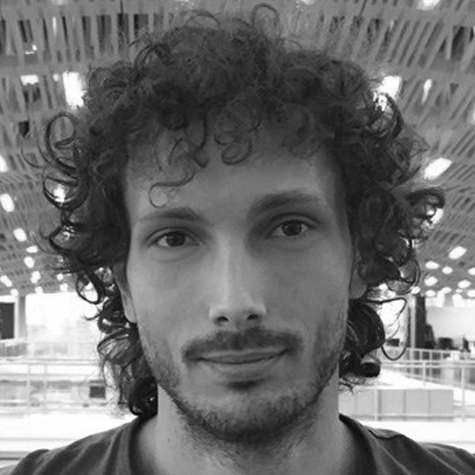
Pietro Odaglia is a doctoral student at the chair of Digital Building Technologies. He holds a Master Degree in Architecture and Building Engineering (Università degli Studi di Genova) and a master of advanced studies in Architecture and Digital Fabrication (ETH Zurich). His research centers on Inorganic Binderjet 3D Printing in Architecture, to extend the use AM technologies in the fields of architecture and construction. Binder jetting techniques and processes are newly implemented to include recycled material as printer material and the use of sustainable binding compounds.
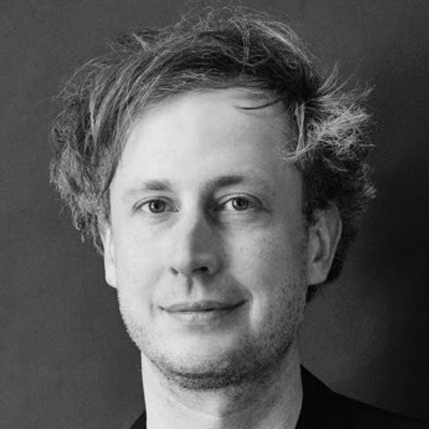
Architect Benjamin Dillenburger is a Professor for Digital Building Technologies at the Institute of Technology In Architecture (ITA) at the Department of Architecture, ETH Zurich. Dillenburger’s research focuses on the development of building technologies based on the close interplay of computational design methods, digital fabrication, and new materials. In this context, he searches for ways to exploit the potential of additive manufacturing for building construction.
282 – Digital Fabrication of Growth: Combining Digital Manufacturing of Clay with Natural Growth of Mycelium
Wednesday 31 March, 15:00, Session 6B
Julian Jauk, Graz University of Technology, Institute of Architecture and Media
Hana Vasatko, Graz University of Technology, Institute of Architecture and Media
Lukas Gosch, Graz University of Technology, Institute of Architecture and Media
Ingolf Christian, Ortwein Master School for Art and Design
Anita Klaus, Faculty of Agriculture, Department for Industrial Microbiology, Belgrade
Milena Stavric, Graz University of Technology, Institute of Architecture and Media
In this paper we will demonstrate that a digital workflow and a living material such as mycelium, make the creation of smart structural designs possible. Ceramics industries are not as technically advanced in terms of digital fabrication, as the concrete or steel industries are. At the same time, bio-based materials that use growth as a manufacturing method, are often lacking in basic research. Our interdisciplinary research combines digital manufacturing – allowing a controlled material distribution, with the use of mycelial growth – enabling fibre connections on a microscopic scale. We developed a structure that uses material informed toolpaths for paste-based extrusion, which are built on the foundation of experiments that compare material properties and observations of growth. In this manner the tensile strength of 3D printed unfired clay elements was increased by using mycelium as an intelligently oriented fibre reinforcement. Assembling clay-mycelium composites in a living state allows force-transmitting connections within the structure. The composite named “MyCera” has exhibited structural properties that open up the possibility of its implementation in the building industry. In this context it allows the design and efficient manufacturing of lightweight ceramic constructions customized to this composite, which would not have been possible using conventional ceramics fabrication methods.
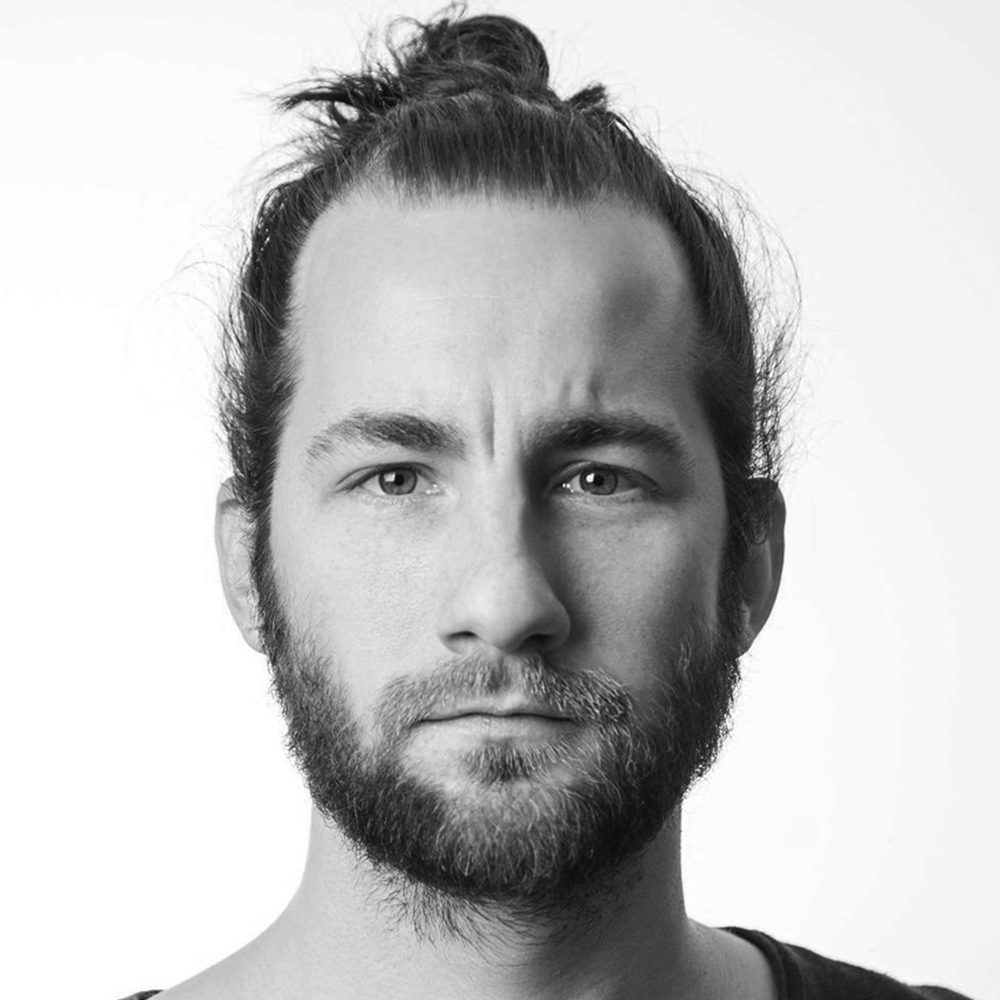
Julian Jauk studied Architecture at the Technical University in Graz. His diploma thesis presents a kinetic and adaptive architectural design, which was exhibited at Ars Electronica 2017. Since 2020 he is working as a project assistance and PhD student at the Institute of Architecture and Media. His research within the SFB Project “Advanced Computational Design” focuses on the resource efficient realization of complex geometrical shapes. Furthermore he is working as an active musician and freelancer in the fields of architecture, art, sound- and videoproduction.
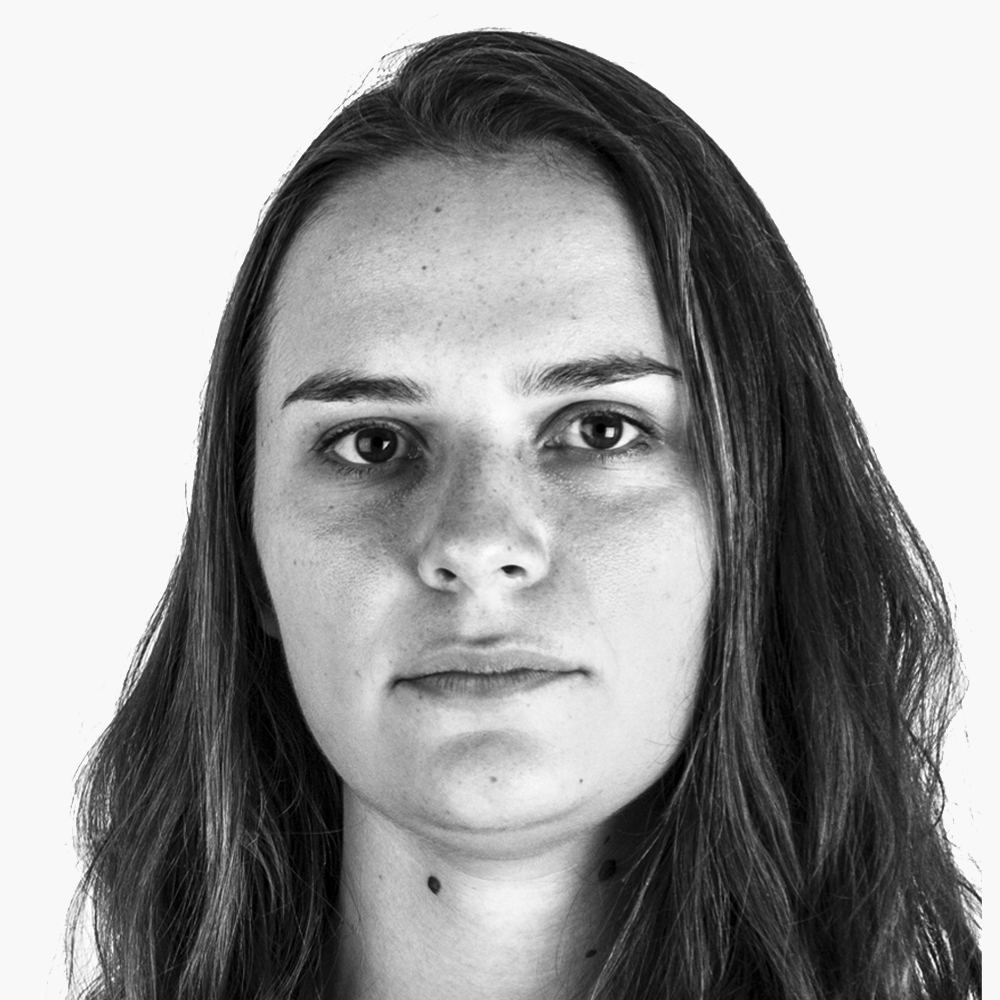
Hana Vašatko moved from Zagreb to Graz in 2012 to begin her studies in architecture at TU Graz. In March 2020, she started working for her master’s thesis within the frames of the SFB project, „Advanced Computational Design“ as a student project assistant. Her master’s thesis “Research and Application of Mycelium in Architecture” deals with the quality of natural growth and roots of fungi as a building material.
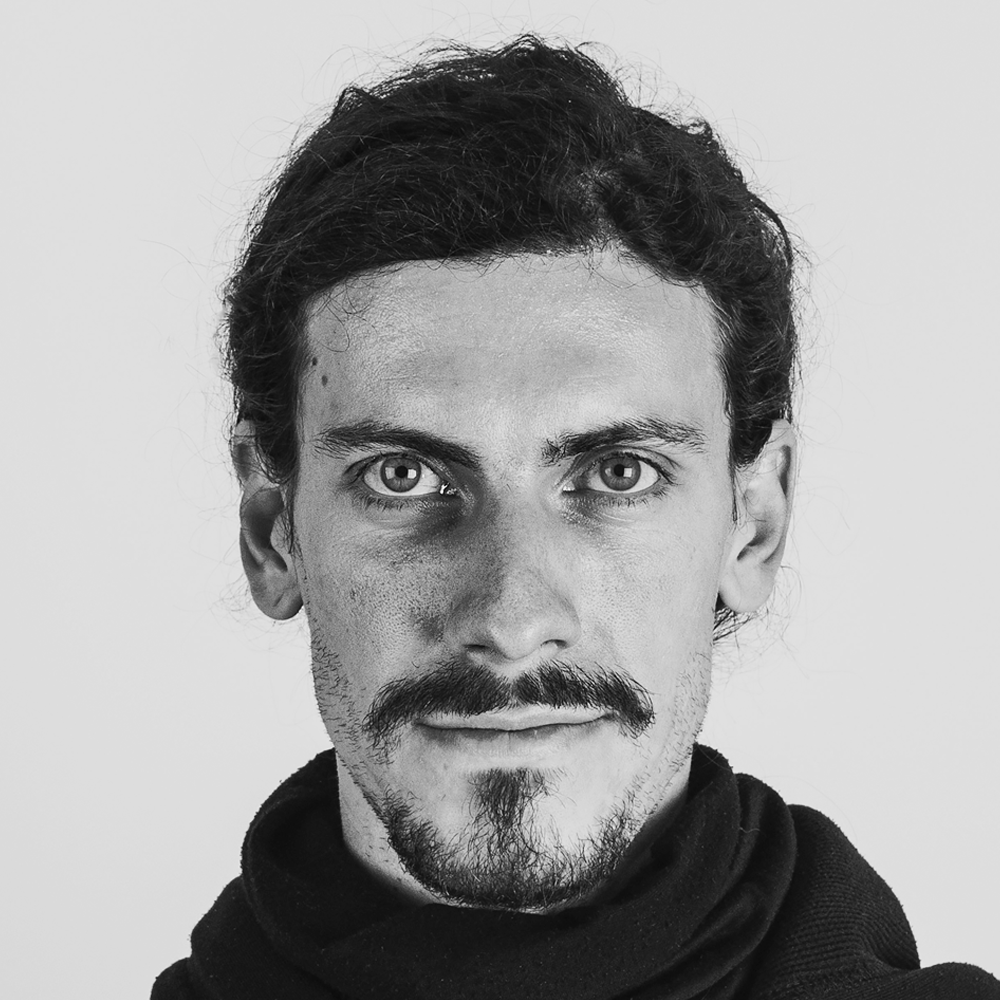
Lukas Gosch is part of the IAM Team since 2020 and works on his Master Thesis within the SFB research project “Advanced Comptutational Design” and the Shapelab. His interests lie in digital fabrication, computational design and robotics as well as alternative building materials, resources and energy. As an entrepreneur he has worked for several architectural firms since the founding of his one man enterprise in 2008. Furthermore Lukas is an international established painter, multi-instrumentalist and musician.
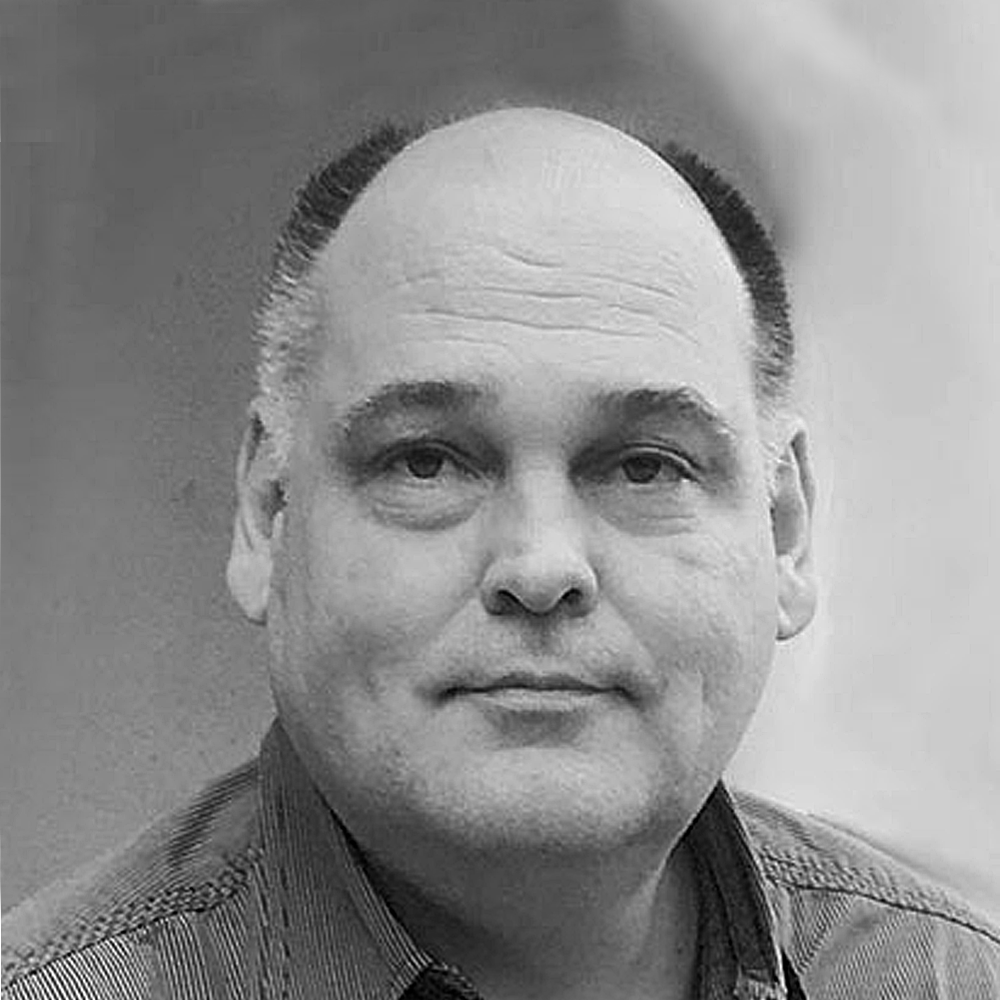
Coming from the tradition of a 100-year-old family of teachers, the personal examination of material properties and technologies arises early on him. The father as a visual artis shapes and opens a free choice for the educational path. The choice of higher artistic and technical training at the Ortweinschule Graz sharpens the ceramic way. After graduating from high school, attending the master’s school enables him to complete his trade with the master’s exams. State school as a ceramic technician in Germany provides comprehensive ceramic education for technical implementation as well as for teaching.

Dr Anita Klaus obtained her PhD thesis in Industrial microbiology at University of Belgrade, Faculty of Agriculture, Institute for Food Technology and Biochemistry, Department for Industrial Microbiology where she is currently employed as an Associate Professor. Her main research interests concern microbiological food safety, extraction methods, examination of biological properties of selected culinary medicinally mushrooms, study of biofilm formation in food industry and possible aspects of prevention and elimination of biofilms (including the influence of mushroom extracts on biofilms).

Milena Stavric graduated from the University of Belgrade and worked as an assistant and lecturer at the University of Belgrade from 1994 to 2004. Since 2004 she has taught at the Graz University of Technology, at the Institute of Architecture and Media and has been Assistant Professor since 2014. She is a visiting professor at the Academy of Fine Arts in Vienna, at the Joanneum University of Applied Sciences in Graz and at the University of Novi Sad in Serbia and has given guest lectures at several universities as well as several lectures at various universities in Europe.